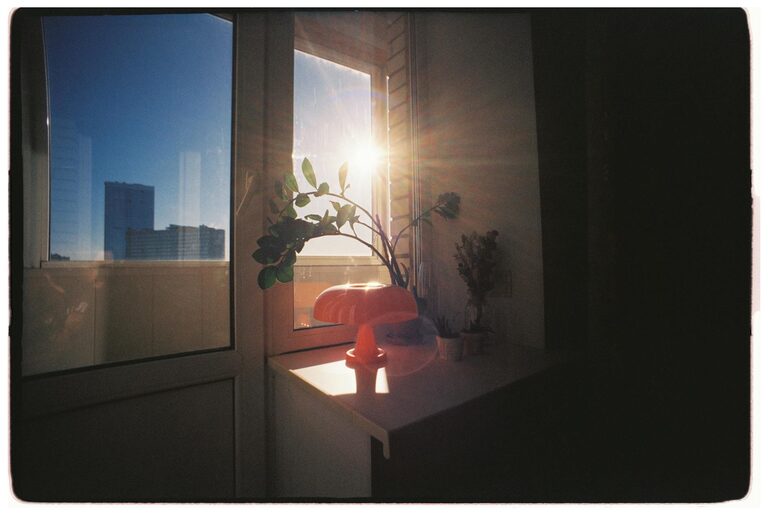Tips for Choosing Comfortable Home Lighting

Creating a comfortable and inviting atmosphere in your home is often about much more than just the furniture and décor. Lighting plays a crucial role in shaping the mood, enhancing functionality, and highlighting your interior design choices. Choosing the right home lighting can transform a space, making it cozy, practical, and visually appealing.
If you’re unsure where to start, here are some helpful tips to guide you in selecting comfortable lighting for your home.
Understand Different Types of Lighting
When planning your home lighting, it’s important to know the three main types of lighting:
1. Ambient Lighting
This is the main source of light in a room. It provides general illumination and sets the overall tone. Examples include ceiling fixtures, chandeliers, and recessed lights.
2. Task Lighting
Task lighting focuses on specific areas where activities take place, such as reading, cooking, or working. Desk lamps, under-cabinet lights, and vanity lights fall into this category.
3. Accent Lighting
Accent lighting highlights specific features like artwork, architectural details, or plants. Wall sconces and track lighting are common accent lights.
By combining these three types, you can create a layered lighting effect that is both attractive and practical.
Choose the Right Color Temperature
The color temperature of your bulbs affects how warm or cool the light appears. It’s measured in Kelvins (K):
– Warm light (2700K–3000K): Gives a cozy, relaxing feel, ideal for living rooms and bedrooms.
– Neutral light (3500K–4100K): Balances warmth and coolness, suitable for kitchens and bathrooms.
– Cool light (5000K+): Bright and energizing, often used for workspaces or garages.
For comfortable home lighting, warm or neutral tones tend to be the most inviting. Avoid very cool or harsh lighting in areas where you want to relax.
Consider Dimmable Lighting Options
Installing dimmers allows you to adjust the brightness to suit different times of day or activities. This flexibility is key to creating a comfortable environment that can shift from bright and functional to soft and soothing. Many LED bulbs now come with dimmable options, which also save energy.
Select Fixtures to Complement Your Space
Lighting fixtures aren’t just functional—they are integral to your decor style. When choosing fixtures consider:
– Size: Large rooms may require bigger fixtures or multiple sources of light.
– Style: Match or complement your existing furniture and decor theme.
– Placement: Position lights to minimize glare and shadows, and highlight key areas.
Popular styles include modern minimalist designs, rustic fixtures with earthy materials, or classic chandeliers for elegance.
Use Natural Light to Your Advantage
Maximizing natural light enhances comfort and reduces the need for artificial lighting. Consider these tips:
– Use sheer curtains or blinds that diffuse sunlight without blocking it.
– Position mirrors opposite windows to reflect and spread light.
– Keep window areas clear of bulky furniture or objects that can block light.
Natural light can improve mood and make spaces feel more open and welcoming.
Pay Attention to Light Bulb Types
Choosing the right bulb type can impact both comfort and energy efficiency:
LED Bulbs
LEDs are highly energy-efficient, long-lasting, and available in multiple color temperatures. They emit little heat and provide stable light.
Incandescent Bulbs
These produce warm light but consume more energy and have a shorter lifespan.
CFL Bulbs
More efficient than incandescent but contain a small amount of mercury and may take time to reach full brightness.
For comfortable and practical home lighting, LEDs are often the best choice.
Create Zones with Lighting
In open-plan spaces or larger rooms, divide the area into zones with separate lighting controls. This lets you tailor the lighting to different activities, such as dining, reading, or relaxing.
For example, use overhead lights in the dining area, floor lamps near seating, and task lights in work corners. This approach improves comfort by avoiding over-illumination and glare.
Avoid Glare and Shadows
Glare and harsh shadows can cause discomfort and strain your eyes. To minimize these issues:
– Use lampshades, diffusers, and frosted bulbs to soften light.
– Position lights at appropriate heights and angles.
– Avoid placing bright lights directly in your line of sight.
Soft and evenly distributed light creates a soothing atmosphere.
Incorporate Smart Lighting Solutions
Smart bulbs and lighting systems allow you to control your lights remotely, adjust colors, and set schedules. Benefits include:
– Customizing lighting scenes for different moods or occasions
– Saving energy by turning lights off automatically
– Easy adjustments without getting up
Smart lighting is a modern convenience that enhances comfort and flexibility.
Final Thoughts
Choosing comfortable home lighting involves more than picking pretty fixtures—it’s about blending function, style, and atmosphere. By understanding different lighting types, selecting the right bulbs, and layering your lighting thoughtfully, you can create spaces that feel just right for every moment.
Take time to experiment with dimmers, colors, and placement until you find what suits your lifestyle and home décor. With good lighting, your home becomes not only brighter but also warmer and more welcoming.




